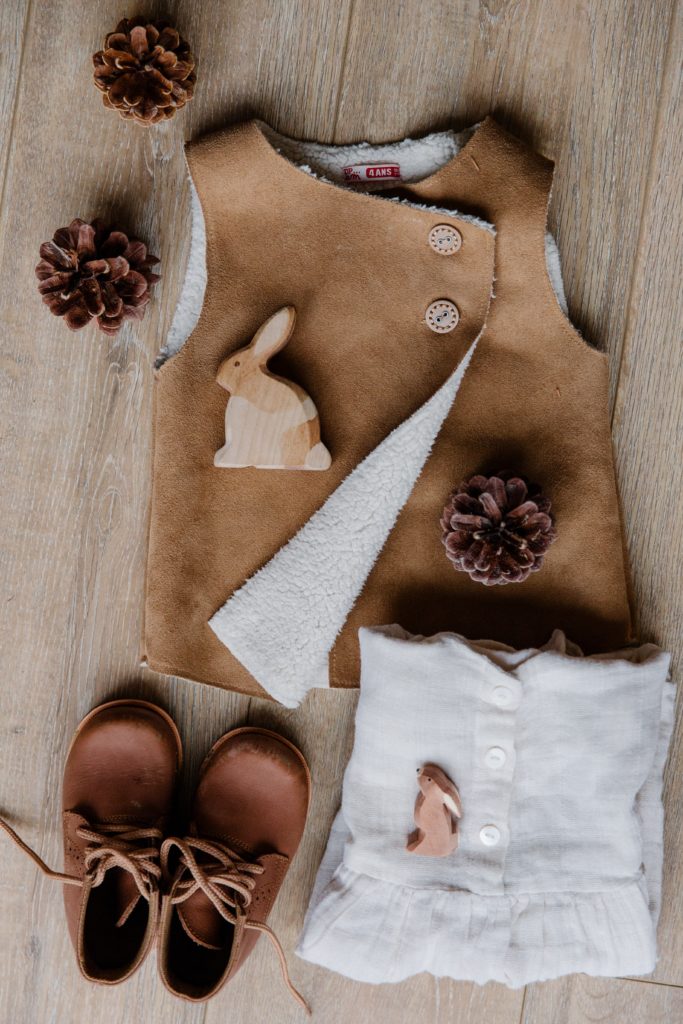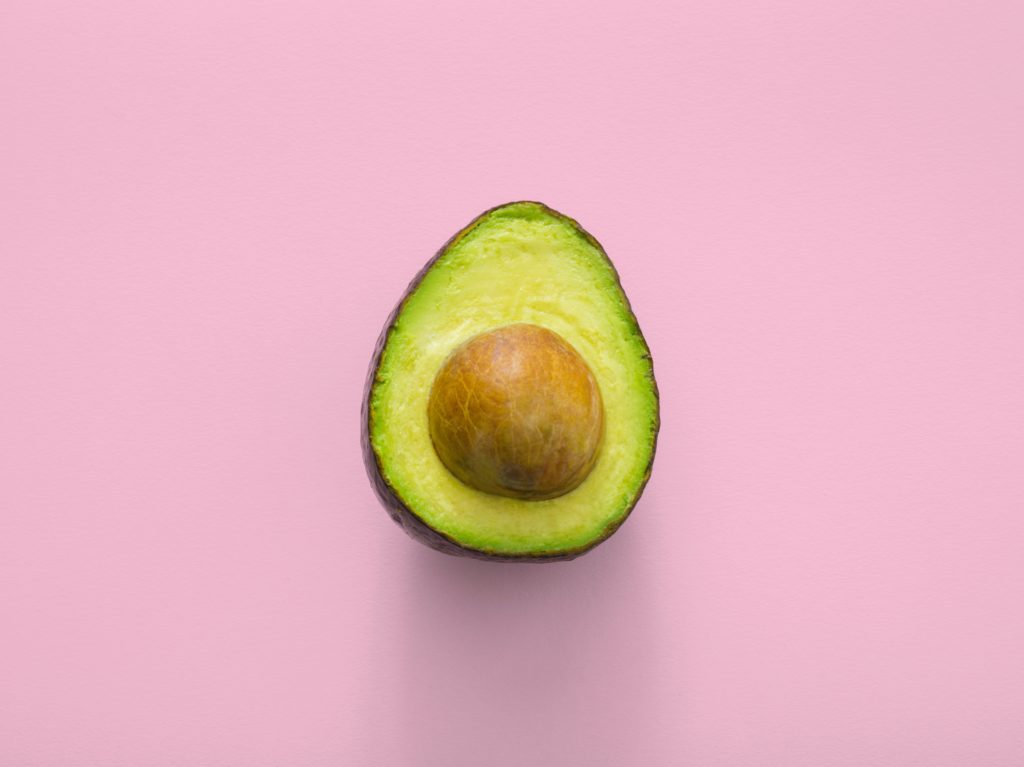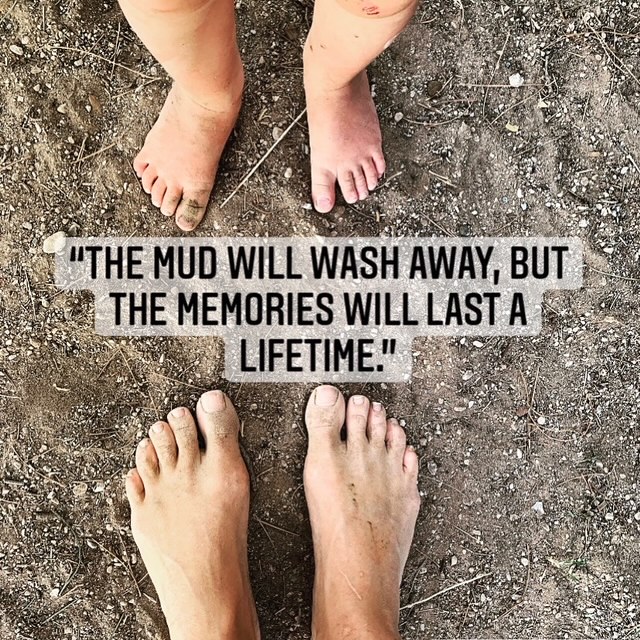Beginners Guide to Raising Kids Naturally
Are you a new mom or mom-to-be wanting to take a natural approach to motherhood?
If so, how exciting! And congratulations on your new little one. =)
When my husband and I decided to have a baby, like any mom, I went into full-blown research mode to learn everything I could about supporting the health of my baby. I was surprised to find out that much of the mainstream advice and information available is either outdated or doesn’t support a natural approach to motherhood.
But why is it important to raise our kids naturally?
The short answer is, because our health and the health of our children depend on it.
Just like a tablet starts losing power the second it is detached from a power source, the further we detach from nature, the less we are able to function at optimum level physically, mentally, and emotionally.
This doesn’t just apply to nature lovers— it applies to everyone!
Nature is our power source.
The way I see it, being a natural mom is about supporting the long-term health of our children by closing the gap between them and the natural world as much as possible.
Although we may not be able to completely avoid anything unnatural, there are choices we can make to raise our kids more naturally. Even small changes can affect the health and well-being of our munchkins.
Here are six areas we can bridge the gap between our children and the natural world and how to do it.

(This post may contain affiliate links. You can read our full disclosure policy here.)
1. Try for a natural birth
There are so many benefits of a natural birth, including enhancing your baby’s brain development and building their immune system.
If you are a soon-to-be mom and in good health, try for a natural birth.
For as long as babies have been born, birth has been a natural process. Women gave birth at home with a midwife (or in a bush or a tent), and hospitals didn’t become a common place for childbirth until the early 1900s. Since then, so many women have been made to feel like they are incapable of giving birth without the aid of medical help and intervention. This is simply not true, and if there is any time a woman needs to feel empowered and in touch with nature, it’s during labor and birth. The birth process is beautiful and pure genius, and we were MADE to do it!

Don’t get me wrong, hospitals are extremely valuable when you need them, and many times their intervention saves lives (being at the hospital saved my life during my birth.) But sometimes… their interventions are merely for comfort, convenience, and, let’s be honest, money. They are not always because it’s best for the health of the baby. These intervention include, but are not limited to
- unnecessary C-sections
- overuse of antibiotics
- unnecessary inductions
- one drug leading to the need for another drug and another drug…
All these things are incredible advancements in medicine and have reduced the mortality rate in childbirth, but they should not be treated casually. There are definitely times when these medical interventions are necessary and extremely valuable. But when they are done simply because of protocols or precaution, then they are just screwing up a perfectly natural process.
So how can you do it?
- Be your own advocate. Ask questions and discuss with your practitioner whether a recommended medical treatment is really necessary or if there are other natural alternatives.
- Look into whether you my be a good candidate for home birth. If you are a healthy woman, who is not high risk, home birth could be a good fit for you! It’s not for everyone, but there is no better way to have an intimate, natural birth experience. But it’s still always good to have a hospital plan B lined up.
- Have a natural birth plan printed and posted in your room so the staff can see it at all times.
- Be very clear about your wishes for a natural birth with your doctor BEFORE delivery time. Once you’re in labor it’s too hard to make decisions or be clearheaded about anything.
- Find a doctor who is an advocate for natural birth and has a low C-section rate. 10-15% is ideal.
While it is beneficial to have a completely natural birth, sometimes medical intervention is absolutely necessary. Always listen to your doctor’s direction, and remember the most important thing is having a safe mama and a healthy baby.
2. Go chemical free
What do BPA, PVC, lead, parabens, formaldehyde, phthalates, and chemical dyes have in common?
All these lovely, cancer-causing ingredients are all commonly found in clothing, body care, AND baby toys. That’s right—everything our babies lick, chew, bite, and suck on. They are also just one more more barrier between us and natural materials and are contributing to the toxic load of our kiddos.
So how can you do it?

- Buy toys that are BPA, PVC, and lead free.
- Choose wooden or bamboo toys over plastic ones
- Buy clothing made of organic and natural materials like cotton, linen, bamboo, or wool.
- Use organic and chemical free lotions and cleansers
- Avoid toys made in China. Since their quality control is not very strict, look for toys made in the US.
In addition to these things being better for your baby’s health, surrounding them with natural materials gives them a better grasp on the real world and provides them a richer sensory experience.

3. Eat whole foods
Look at any American restaurant kid menu and you’ll see what the standard kid diet is: mac n’ cheese, chicken nuggets, spaghetti, or something else processed and lacking vegetables. Even school cafeterias don’t venture far beyond this menu selection. It’s almost like we assume kids can’t handle anything with sophisticated flavors. As the book Bringing Up Bebe puts it, “The reining view in America seems to be that kids have finicky, limited palates, and that adults who venture beyond grilled cheese do so at their peril.” Makes you wonder, could this common view, be what causes our kids to have picky palates? Hmm.

So how can you do it?
- Skip the rice cereal when starting solids. Rice cereal is usually recommended because it is fortified with iron, but there are many other great iron-rich first foods that are more nutrient dense, like egg yolk or sweet potato.
- Introduce a wide variety of whole foods between 4-7 months old. This is the time period they are most open to varied flavors and textures. So give them as much variety as possible!
- Skip the sugar. Kids will have no problem accepting sugar. Breastmilk is sugary, so they already have a taste for it. Try starting with more bitter or sour flavors like green veggies, citrus, or whole Greek yogurt.
- Eat whole foods over processed ones. It’s apparent how far we’ve drifted from natural eating habits when a box of food at the store uses the phrase “contains real fruit” as a selling point.
- Eat the rainbow. This refers to filling their plate with a good variety of colorful fruits and veggies… not Skittles. lol
4. Less screen time
Addiction to technology and social media is robbing our children of one of the beautiful things about being a child: boredom.
Kids don’t have the opportunity to get bored with a screen constantly in their face, and boredom is the ultimate gateway to creativity. Without boredom there is no daydreaming; without daydreaming there is no problem solving; without problem solving there is no ingenuity; without ingenuity there is no Steve Jobs; without Steve Jobs there is no technology. Funny how that works.
Can’t thrive with it, can’t survive without it. Or so it may seem…

So how can you do it?
- Limit screen time. The American Pediatric Association recommends NO screen time for babies up to eighteen to twenty-four months, and high quality viewing from ages 2-5, but only an hour or less per day. (For tips on entertaining a baby on a road trip, without a screen, see my post here)
- Set the example. If your kids see you always scrolling on your phone or tablet they will see the high value you put on it and want to copy you. Baby see baby do.
- Read more books. If you show your kids that you value adult reading time, that will also make an impression on them. Encourage them to use that quiet time to read their own book.
- Have low book shelves that they can reach on their own, and set up a cozy reading spot that makes them want to snuggle up with a book; and make it a no-tech zone.
5. More outdoor play
Author Richard Louv describes nature-deficit disorder as “the human costs of alienation from nature, among them: diminished use of the senses, attention difficulties, and higher rates of physical and emotional illnesses.”
In short, children NEED nature to thrive.
Some factors keeping our kids inside are, screen addictions, bad weather, and fear of stranger danger.
Attempts to protect the environment are also limiting our children’s interaction with it. The “leave no trace” movement can be so extreme that kids are left unable to interact with nature at all— no collecting rocks or shells, no climbing trees, no touching the water for fear of contamination, etc. We are attempting to save the planet at the expense of our children’s health and well-being.

So how can you do it?
- Make going outside a priority every day. Go to the park, take a walk, or spend time in your backyard.
- Try a “green-time-before-screen-time” rule. By a certain age, limiting screen time completely is probably unrealistic. But having a rule that time spent outside needs to happen before time spent on a screen can help keep them in balance.
- If you are a new mom, start each day with your baby outside. When our little girl was born, I made it a point every morning to say, “it’s time to greet the day!” and take her on little walks in our yard to greet the flowers, and the trees, and the sun. I wanted her to know right from the start that nature plays an important role in her life. You can use that time to sip your coffee or tea and enjoy a little sunshine yourself!
- Don’t let bad weather stop you from getting your kids outside. Okay— tornados, hurricanes, sandstorms, that’s one thing. But cold weather, snow, clouds, maybe even a little rain, kids can handle. Playing outside in all sorts of weather helps kids build resilience, character, and gives even more opportunity for creativity. Some of my best outdoor memories were playing on windy and rainy days and pretending I was a storm chaser. As the Scandinavians like to say, “There’s no such thing as bad weather, only bad clothes.”
- Get to know your neighbors to build trust in your community. Parents tend to not let their kids play outside if they are fearful of strangers. When we reach out to get to know other families in our own neighborhood, we build a community of trust that may make us feel more comfortable to let our kids have more time outside. It makes me happy to see kids in my own community playing together in the street (safely of course) or at the nearby park. There’s definitely more peace of mind among the parents knowing they are all looking out for each other.
6. Going barefoot
Yes, shoes LITERALLY separate us from connecting with the natural world. There are so many health benefits to going barefoot, yet most of the time our feet our securely hidden away in rubber chambers. Letting our bare feet touch the earth electrically connects us to the earth. It can help reduce inflammation, energize us, and help our bodies heal. Just like the tablet that regains power when reconnected to it’s power source, going barefoot allows us to reconnect to our power source— the earth.

So how can you do it?
- Take off your shoes! Any time you have an opportunity, let your feet touch the earth. On grass, on rocks, at the beach, let them be free. Even your concrete patio works. Grounding does NOT work on wood or asphalt.
- Let your kids go barefoot. Enough said.
- Get a grounding mat. If you are forced to spend a lot of time inside, purchase a grounding mat to put under your feet while you work at your desk.
- If you are a new mom, breastfeed your baby skin to skin while you are barefoot on the earth. They will experience the benefits of grounding through you.
- Don’t always have your baby in footed sleepers. As long as weather is permitting, let those little feet free to feel the earth between their toes. It is also an important part of their sensory experience to feel all the different textures of earth with their bare feet.
The last thing you need to know about raising kids naturally
We may not be able to eliminate all the barriers between us and the natural world—since living barefoot on an island in a grass hut might not be a reality for us—but we can make choices that help us live a healthy, natural life. Every natural choice we make supports the health of our babies, reduces their toxic load, and gets them closer to nature.
How do you connect your munchkins to nature? I would love to hear from you!







